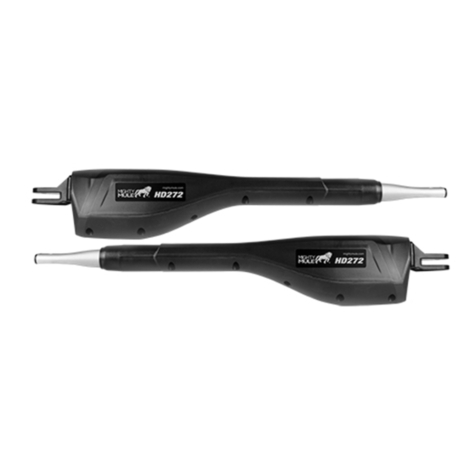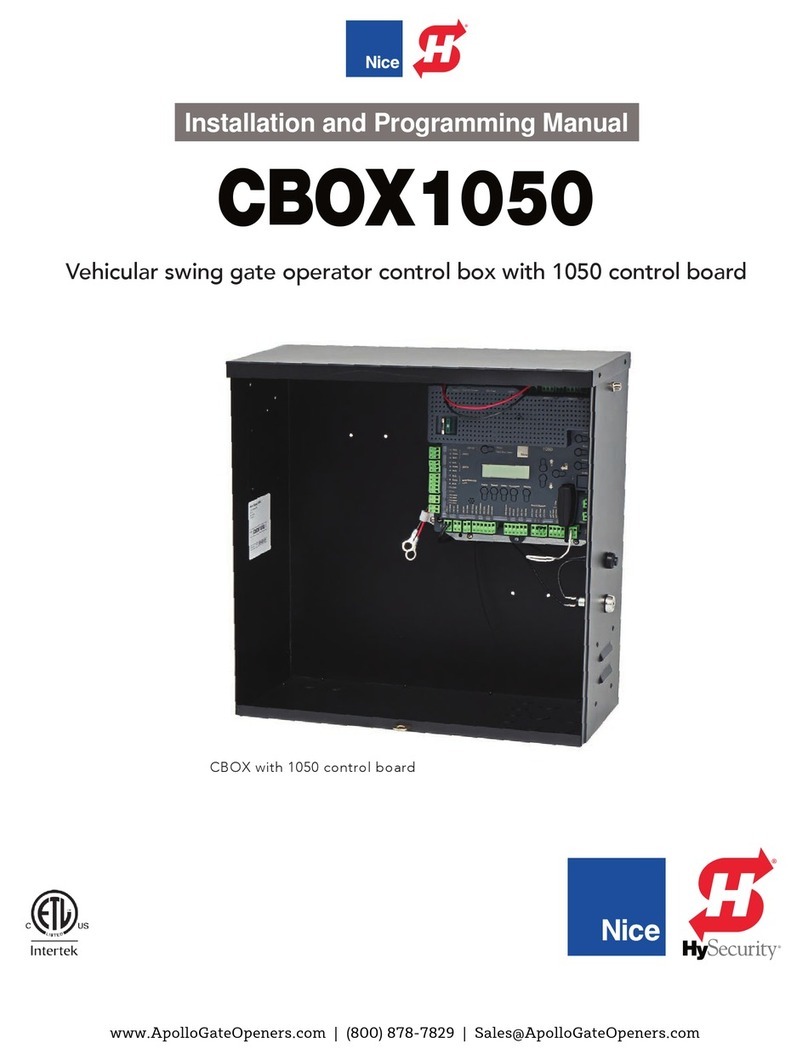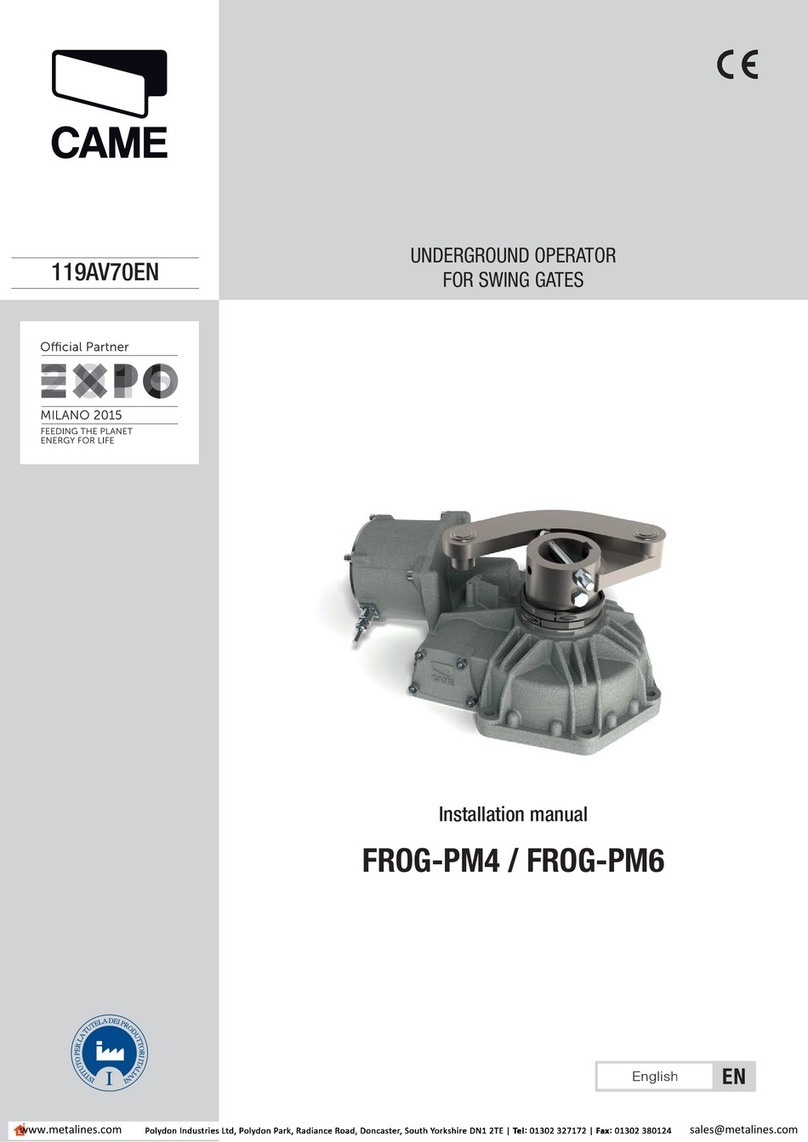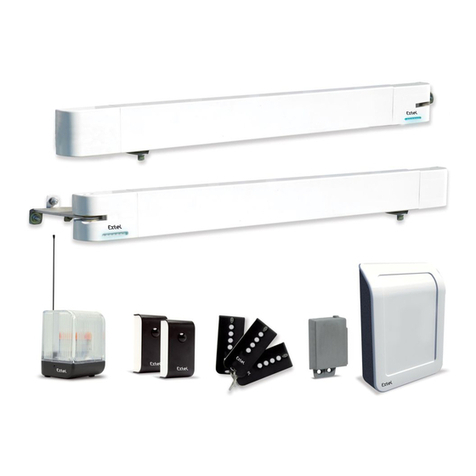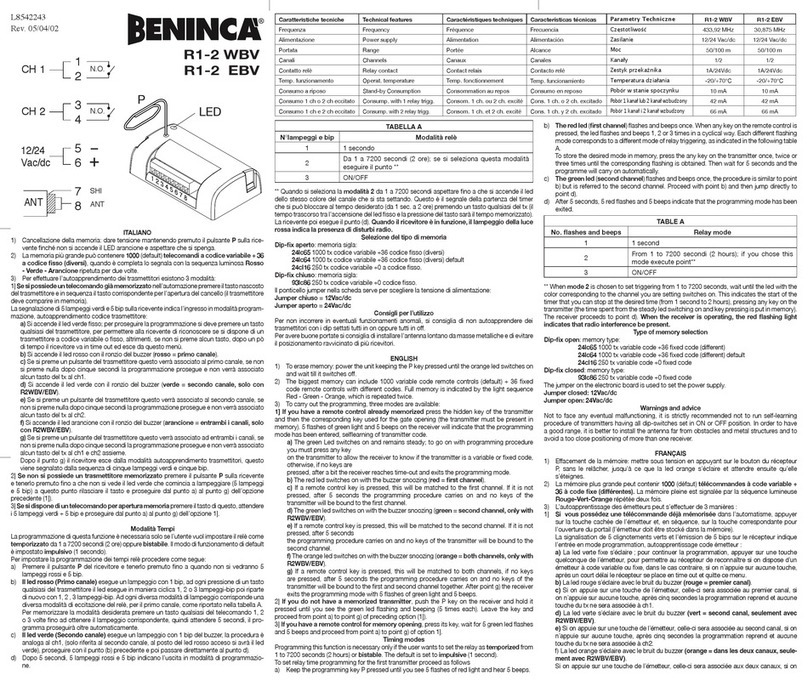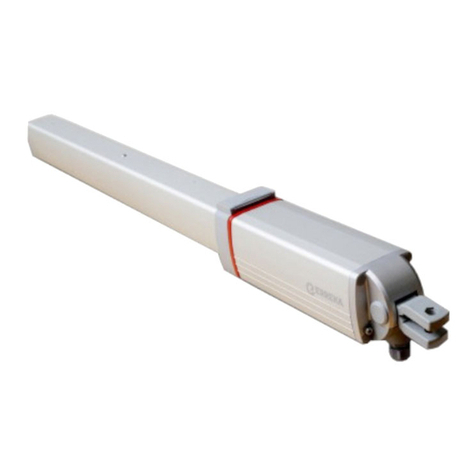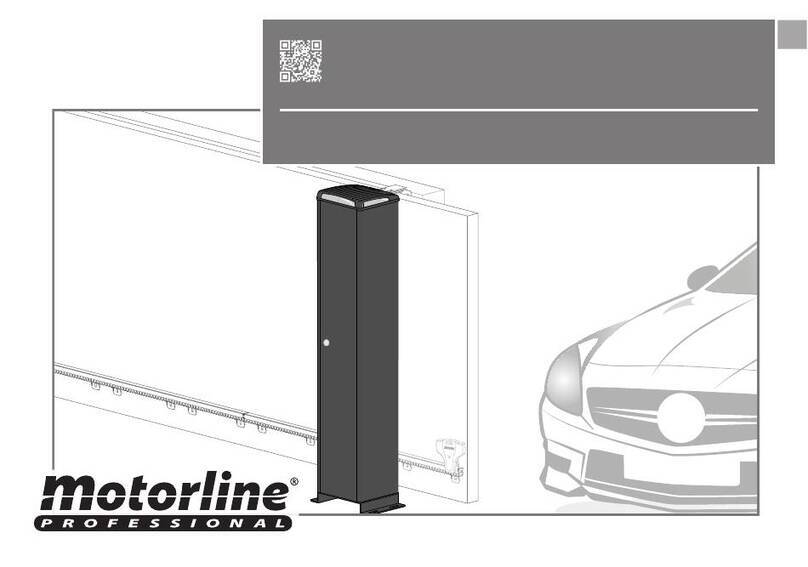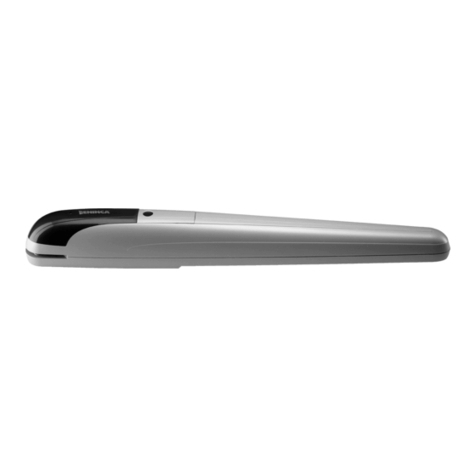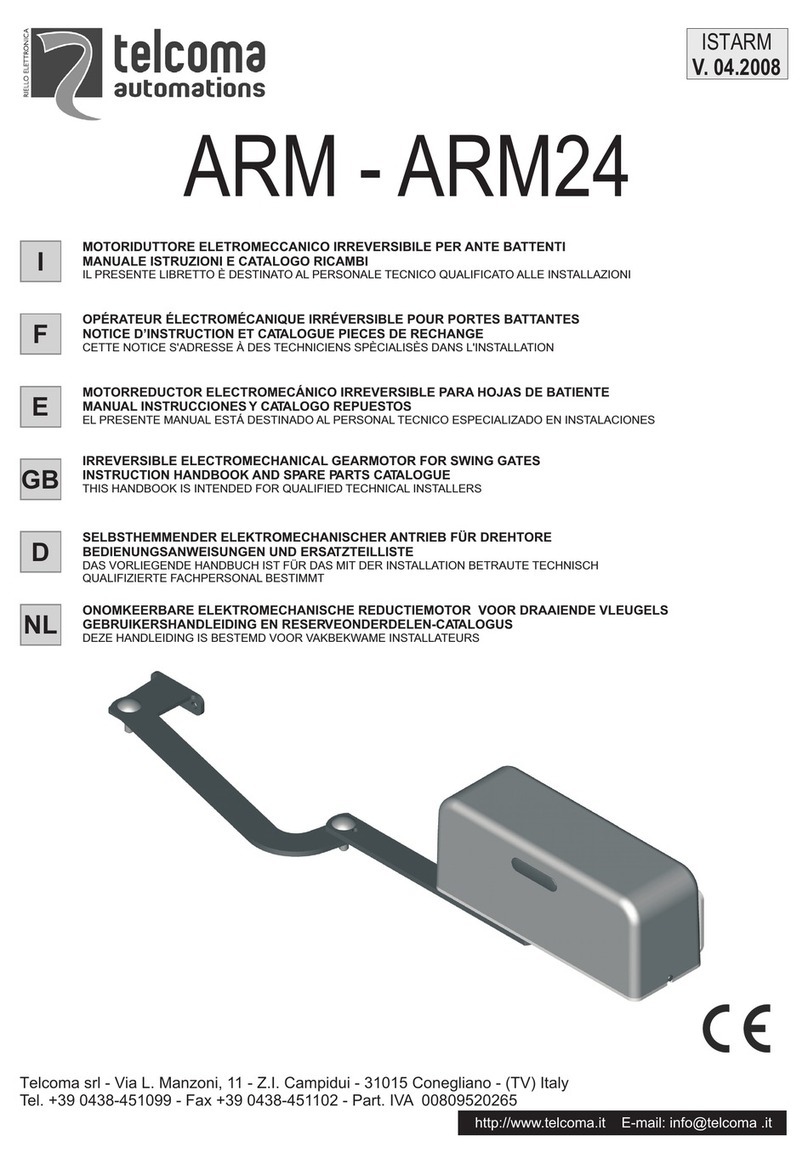Class (2) 24 VDC Power Supply- converts 110 supply voltage to Class (2) 24VDC
power to operate the CPU, A/D converter, Rotary Position Transducer and presence
sensors.
These plug-in modules with LED make diagnostics and replacement of parts easy and
quick to perform.
Interface with the PLC is necessary to adjust Door Position Presets in the field. This
is accomplished by plugging in an 8- Pin Phoenix connector to the back of the Data
Access Unit (DAU) and a round female connector into the side panel of the operator.
The DAU is a hand held, touch screen device that is purchased separately.
The CPU has been programmed to adjust on the fly, such door position presets as
Back Check, Full Open, Latch Check and Full Closed.
Input commands to be processed by the PLC, are done so by making the appropriate
connections on the Terminal Strip Hookup.By connecting a separate normally open
SPST switch between terminals 1 and 14 to open, terminals 1 and 13 to partially open,
terminals 1 and 12 to close, and a normally closed SPDT switch to terminals 1 and 10 to
stop the door, provides the customer discrete control of each input from a momentary
contact push button station (not included). These commands can also be activated by
presence sensors, or control mats. Reversing the direction of the door while it’s moving
(dynamic) can be accomplished by simply pressing the appropriate switch to change
direction.
The NB-4120 features momentary contact Input commands for External Safety
Devices that comply with Entrapment Protection of UL 325 Section 30.2 (Fail
Safe/Self-Monitoring). These devices are door mounted, 4-wire reversing edge
contact type sensors that reverse the door while closing. Note: The door will not be
allowed to close unless these sensors are correctly wired per this manual. When
installing contact type sensors, assure that they are properly secured to the leading
edge of the door and that a sufficient quantity of sensors are properly spaced and are of
adequate length to assure safe operation. Momentary contact Input commands and a
low voltage Class (2) power supply are also provided for additional (redundant)
sensors, such as non-contact type presence sensors that are frame mounted.
brookfield industries does not manufacture nor do we include External Safety Devices
with any of our door operators. In order to assure that external safety devices are
properly installed and adjusted correctly, refer to the owner’s manual for that particular
devise. For proper wring, refer to Terminal Strip Hookup and the Wiring Diagram
included in this manual. .
The Stop command (normally closed terminal #10) will stop the door in any position
when activated but it will not prevent a motor drive from malfunctioning nor is it a true
emergency stop. Emergency Stop (E-Stop) can only be accomplished by
disconnecting AC power to the operator (Terminal L1, L2, L3 and Terminal N).
The NB-4120 features the same Absolute Position Feedback Control system and
software as other brookfield industries, inc. door operators. There are no limit or
proximity switches to adjust or install for any of the door positions under normal
operation. Simply adjust the door’s positioning presets as required by interfacing with
the PLC via a hand held Data Access Unit (purchased separately).
